Today, 27th of January 2022, the Swedish government approved the KBS-3 method for depositing nuclear waste in Sweden. This is a decision that has been 50 years in the making, and that created and shaped the debate on Swedish nuclear power in the 1970s.
“We need power, but where to get it from?”
After World War II, Sweden was building itself up as an industrial welfare nation. For that, we needed a reliable and ample supply of energy. But where to get it?
Historically, Sweden had been dependent on hydropower from the mighty Norrland rivers…

…and imported oil.
However, it was clear that this could not continue. The resistance to further exploit the Norrland rivers was massive. This was the first major environmental issue in Sweden, where people took to the streets to protect the environment. Soon it became clear that any talk of damming up the 4 untouched rivers would be political suicide.
Meanwhile, it was becoming painfully clear that using oil for energy production was causing environmental havoc, with acidification of rivers and lakes, cancerous hydrocarbons released into the cities, carbon dioxide threatening the climate. Yes, already in the 1960s, there was awareness that carbon emissions was a danger to the climate.
So what were the options?
- Renewables, in the shape of wind, solar, and geothermal power
- Nuclear power
When the government put out the question as a public enquiry, the result was — as then Prime Minister Olof Palme expressed it — “completely unanimous”, in that renewables could not play any major part before 1990. That was too late.
By process of elimination, nuclear power remained.
And so it was, 12 reactors were approved by Palme’s Social Democratic party government. By the late 1960s there was complete political unity on the issue: Sweden was to adopt nuclear power, for security in power supply, for the environment, for the climate.
The hunt for a profile issue
This unity would not last though. The Swedish system of governing is a multi-party system, divided into partisan politics by way of a left and a right bloc. The left bloc was comprised of, the Social Democratic Party and the — then called — Left Party Communists. The right bloc was led by the Centre Party, and also included the liberal People’s Party, the Christian Democrats and the Moderates.
The Centre Party — an ideologically green party — was looking for a profile issue to challenge the left bloc on. They found that issue when Swedish Nobel Prize laureate Hannes Alfvén in 1972 expressed concerns over nuclear waste. Alfvén and Centre Party leader Thorbjörn Fälldin met, and from these meetings the Centre Party crystalized a standpoint on nuclear power…

Palme as the incumbent Prime Minister and Fälldin as the challenger, debated nuclear power fiercely. And the primary argument against nuclear power was the issue of waste. Fälldin — before the 1976 general election — famously said that he would not “compromise with [his] conscience” while referring to the waste, and vowed to stop all further expansion of nuclear power in Sweden.
And lo and behold, the profile issue actually struck a chord with the electorate. For the first time in decades, since before WWII, Sweden had a right bloc government. Fälldin got to work on abolishing nuclear power in Sweden
A failed promise
Two years later — in the autumn of 1978 — Fälldin’s government fell. The reason for this demands explaining a peculiarity of the Swedish Instrument of Government.
As with most democracies, Swedish official power is divided into multiple entities. But where most nations split power in three, Sweden does it in four. Where others combine Executive and Administrative power, Sweden puts a firewall between these two.
The upshot of this is that Administration — which is largely apolitical — cannot be bossed around by the political Executive; Swedish ministers are practically forbidden from making administrative decisions.
Granting permits for nuclear power is an administrative decision. So revoking or preventing permits to build and operate nuclear power is something that a minister cannot do. Instead, this is the subject for an apolitical administrative authority. And apolitical administrative authorities do not care if you as a politician have election promises to fulfill.
Thus, the Centre Party’s plan for halting the expansion of nuclear power was to introduce a law that demanded anyone wishing to obtain a permit for nuclear power activities in Sweden to show an adequate proposal for dealing with waste. Fälldin was convinced — by Alfvén — that this was an unsolvable task.
However, little did he know that in 1976, two SOUs (“State Official Reports”) had pointed to the remarkable find of natural nuclear reactors in Oklo, Gabon, Africa, and shown that a deep geological repository was not just feasible but also very likely to be adequate.
The nuclear power companies applying for permits with the Swedish Nuclear Power Inspectorate — the authority responsible for handing out nuclear power permits — referred to these reports, and other research papers from Gabon.
The Swedish Nuclear Power Inspectorate looked at this, and approved the permits.
Fälldin’s government suddenly had massive amounts of egg on their face. Feeling that they no longer had the vote of confidence by the Riksdag (Sweden’s unicameral parliament), the government resigned.
This was the beginning of the end of the — in this author’s opinion —only pragmatic argument against nuclear power.
A long and protracted end
As the reader is well aware, the 1970s and 80s were turbulent times for nuclear power.
The nuclear waste issue however, proceeded quietly. In 1984, a law was passed that established that the effort for creating a waste repository would be paid by the consumers. For many years, a levy on the electrical bill explicitly specified how much you as a consumer were paying to the Nuclear Waste Fund. This was counted at less than 1 öre per kWh (1 öre = 0.01 SEK, 1 SEK was valued at roughly 0.2 USD back then).
In close cooperation with first the Nuclear Power Inspectorate, later renamed to the Swedish Radiation Safety Authority (SSM), SKB, the company specifically created to engineer a solution for the waste, researched and designed what would later be presented as the KBS-3 solution.
In 2011, SKB submitted the proposal for approval.
SSM was the first toll gate. They asked for complementary research. SKB submitted that, and SSM passed the issue on.
Another toll gate was public approval. And in what seems a near bizarre twist to the story, the two counties proposed as sites for the repository, essentially fought each other over the issue, demanding to have the site located on their own grounds. Östhammar county won the battle, and was appointed as the site of the repository. Oskarhamns county got a “consolation prize” in the form of the encapsulation factory.
The third toll gate was the Land & Environment Court. They had little to say and swiftly approved the application.
Hence the application arrived at the final toll gate: the Swedish cabinet, and the desk of the Department for the Environment.
Just one small hitch there: the head of that department was a Green Party minister.
Quick rewind to 1978 again. The greens had just been humiliated on the issue of nuclear waste. Fälldin implored Palme to hold a referendum on the issue. Palme refused.
…until a pilot-operated relief valve jammed open in a brand-new unit at Three Mile Island.
Palme, seeing a nightmare of a summer leading up to the general election in September 1979, quickly agreed to the referendum, in order to remove the now politically radioactive issue from the table.
With the referendum, the greens again had high hope that the quick abolishment of nuclear power in Sweden would be achieved.
That did not happen. Instead, nuclear power was given a 30 year life-span in Sweden. The ideological greens were fuming at this, and quickly splintered out into a new party: the Environmental Party the Greens. First thing that went into the party programme was to declare nuclear power anathema.
Fast forward to 2021 again, and Green Party minister Per Bolund had on his table a paper to sign, a paper that — in effect — said that the Swedish government’s official position is that the nuclear power industry was right, and they did a great thing in solving the issue of waste, while the greens did nothing but fling dirt at them.
That paper remained unsigned for many months, and the political opposition began to accuse the government of stalling. Threats of constitutional hearings, even a vote of no confidence, were uttered.
The unexpected thaw
Then, suddenly, in late November 2021, the Green Party said “we are leaving the government”. The reason stated was domestic political issues, but the practical upshot of this was that a new minister for the environment was appointed, one that was not ideologically green.
The political opposition quickly swarmed the new minister — Annika Strandhäll — like disaster news on a nuclear event, and demanded a decision on the waste issue. Strandhäll delayed that decision over Yule 2021.
And — today — 27th of January 2022, the historical decision was announced…
KBS-3 is approved as a solution for high-level nuclear waste in Sweden.
50 years of waiting is over.
Comments closed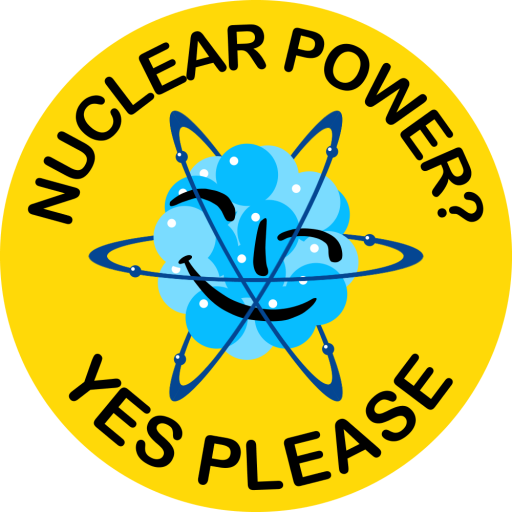

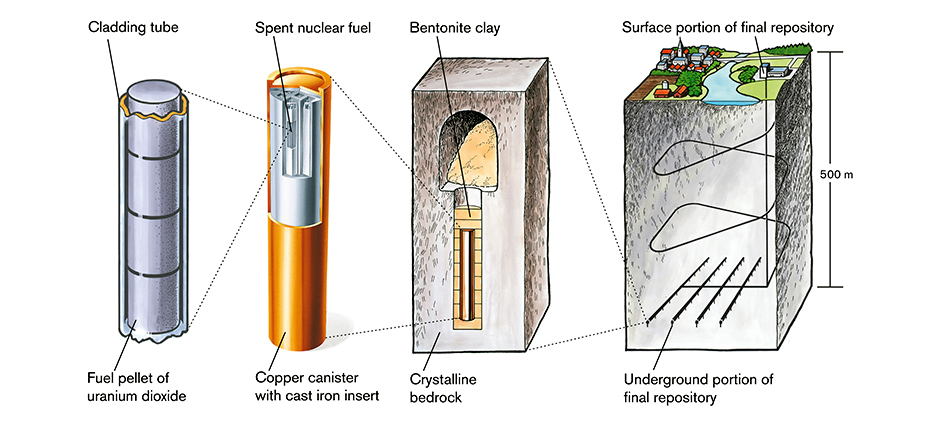
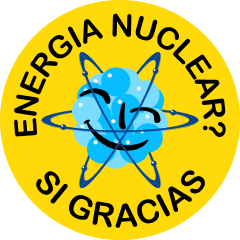
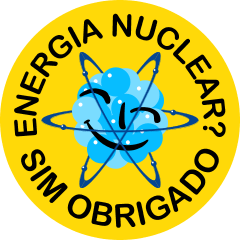
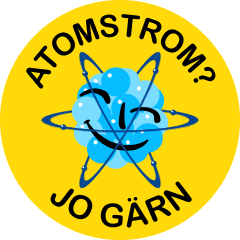
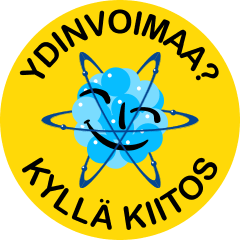
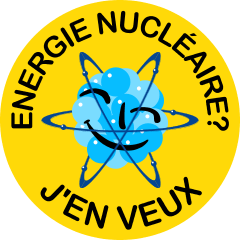
Sweden’s largest utility applies to start building new reactors
Published by Michael on July 31, 2012Sweden’s largest utility – state-owned Vattenfall – which today owns seven of Sweden’s ten nuclear power reactors – has applied to commence planning building new reactors with Sweden’s nuclear regulators: the Swedish Radiation Protection Authority.
Application received for construction of new nuclear power reactors
Short history of nuclear power in Sweden:
Late 1930’s-1940s’s: Jewish-born Lise Meitner flees Austria after Nazi-germany annexes it. Ends up at the Royal Institute of Technology (KTH) in Stockholm. There she is made member of an advisory group that soon after the war recommends that Sweden develop nuclear power.
1950’s: Reactor 1 (R1) is built at KTH. It is a heavy water moderated research reactor. Sweden aims – secretly – to become self-sufficient regarding nuclear power and atomic weapons.
1960’s: R2 and R2-0 – pool-type reactors – are built in Studsvik. R3 – a heavy water moderated reactor that delivers electricity and distric heating – is taken into operation in Farsta, a suburb of Stockholm. R4 however – a combined heavy water boiler and plutonium breeder design – fails miserably as it becomes obvious that swapping out fuel during normal operation of a boiler reactor is grossly impractical. The reactor is never built and a oil fired boiler is put in its place to drive the built turbines and generator. The nuclear weapons program is put on hold and eventually scrapped. Private netures begin projecting light water reactors instead.
1970’s: The Swedish Center Party – wishing to adopt an “environmental profile” – meet with Nobel prize laureate -Hannes Alfvén and are made to believe that Plutonium contamination will be inevitable is nuclear power is used. They begin campaigning against nuclear power. The first privately owned commersial reactors into operation from 1971 and onwards. The nuclear debate rages hotter and more intense towards the end of the decade, even causing the fall of one govenment cabinet. The Three Mile Island accident makes all politicla parties to agree on a referendum.
1980: The referendum is held… but the choices the people get to vote for are three “lines” of action, all of them meaning the abandoning of nuclear power in Sweden. “Line 2” wins, meaning that “nuclear power will discontinued when suitable replacements are in operation and provided that work and well-being are not compromised”. The Swedish parliament puts into law that no new power reactors will be built, and that in the year 2010 all nuclear power shall be closed in Sweden.
1986: As a result of the Chernobyl accident, Sweden receives large amounts of contamination. The so-called “Thought-ban” – which makes planning, designing or even calculating the cost of a new power reactor in Sweden punishable by fines or jail up to two years – is put into effect the following year.
1997: A bi-partisan agreement is made between the then government and the Center party. The government is given legal power to order the closure of any of Sweden’s twelve power reactors without going through parliament. Also the end date of 2010 is lifted.
1999 and 2005: Using the powers mentioned above, the two nuclear reactors at Barsebäck nuclear power plant are shut down permanently.
2006: The “Thought-ban” is lifted after 20 years as it is concluded that all development of nuclear technology in Sweden has ceased… including safety improvements.
2009-2010: The “Alliance for Sweden” coalition government reaches an agreement that the ban on nuclear power in Sweden shall be lifted.
2011: The Fukushima accident sparks an intense flurry of debate… which then oddly enough dies out completely after about six months and doesn’t come back until the end of the year.
Comments closed